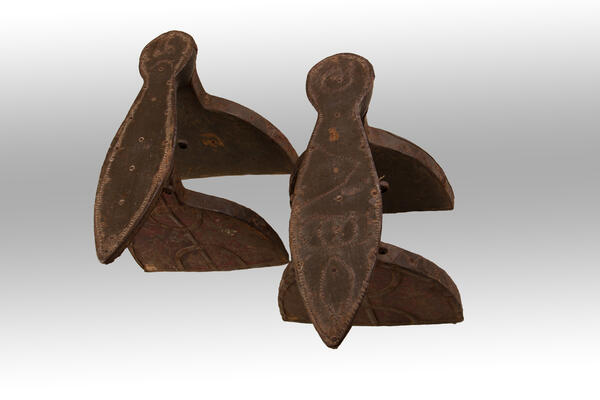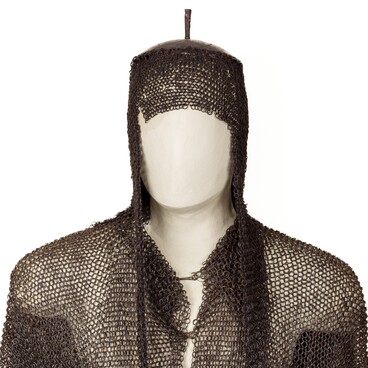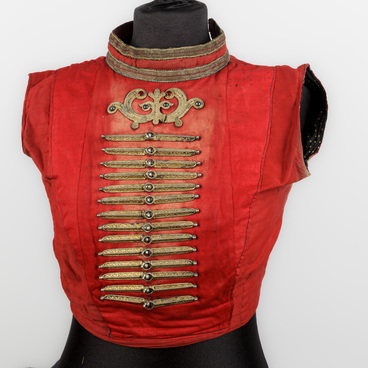Shoes with high soles have been known since ancient times. The actors of the ancient Greek theater put on shoes with very thick soles — “cothurni”. In the 14th century, visitors of public baths in the Middle East wore wooden “kabkabs”, which were decorated with shells and ivory. They protected the feet of the visitors from hot wet floors. In the mediaval Europe, representatives of all classes wore shoes with high wooden soles so as not to avoid getting mud stains on their clothes. These shoes were called “chopins”. In China, men, mostly military commanders and aristocrats, wore shoes with wide cotton soles. A little later, the actors of the Peking Opera wore such shoes to indicate who were the important characters on the stage.
Therefore, the Northwest Caucasus was also influenced by this interesting fashion of wearing high soles. These shoes were called “cothurni”. This is the oldest type of women’s shoes that the Circassians continued to wear in the 19th century. They were open stilt shoes with high props.
Usually women wore such shoes only for feasts. However, representatives of noble families wore them every time they left the house, emphasizing their special social status. In these shoes, it was possible to move only in small, smooth steps — exactly such a gait was considered by the Circassians to be the most graceful and feminine.
Cothurni were not worn on bare feet. First, women put on soft leather slippers, and only then they put on the cothurni. If a woman or a girl was invited to dance, she gracefully removed the cothurni at the edge of the dance floor and went to dance in her leather slippers. After the dance, she again put on the stilts.
The process of making cothurni was quite complicated and time-consuming. The artisan carved a base of wood in the shape of a female foot but with a pointed toe. Then the base was strengthened on two props of the same size, their height could reach up to 18 centimeters. To make the shoes more stable, the props were made semicircular, expanding downward. On top they sewed a wide galloon ribbon or lace to the base of the cothurni. The cothurni from the museum exhibition have the shape of a bench. The props are decorated with figured overlays made of red tin with a punched pattern. Both sides of the base have a pair of metal loops for laces.
Therefore, the Northwest Caucasus was also influenced by this interesting fashion of wearing high soles. These shoes were called “cothurni”. This is the oldest type of women’s shoes that the Circassians continued to wear in the 19th century. They were open stilt shoes with high props.
Usually women wore such shoes only for feasts. However, representatives of noble families wore them every time they left the house, emphasizing their special social status. In these shoes, it was possible to move only in small, smooth steps — exactly such a gait was considered by the Circassians to be the most graceful and feminine.
Cothurni were not worn on bare feet. First, women put on soft leather slippers, and only then they put on the cothurni. If a woman or a girl was invited to dance, she gracefully removed the cothurni at the edge of the dance floor and went to dance in her leather slippers. After the dance, she again put on the stilts.
The process of making cothurni was quite complicated and time-consuming. The artisan carved a base of wood in the shape of a female foot but with a pointed toe. Then the base was strengthened on two props of the same size, their height could reach up to 18 centimeters. To make the shoes more stable, the props were made semicircular, expanding downward. On top they sewed a wide galloon ribbon or lace to the base of the cothurni. The cothurni from the museum exhibition have the shape of a bench. The props are decorated with figured overlays made of red tin with a punched pattern. Both sides of the base have a pair of metal loops for laces.






